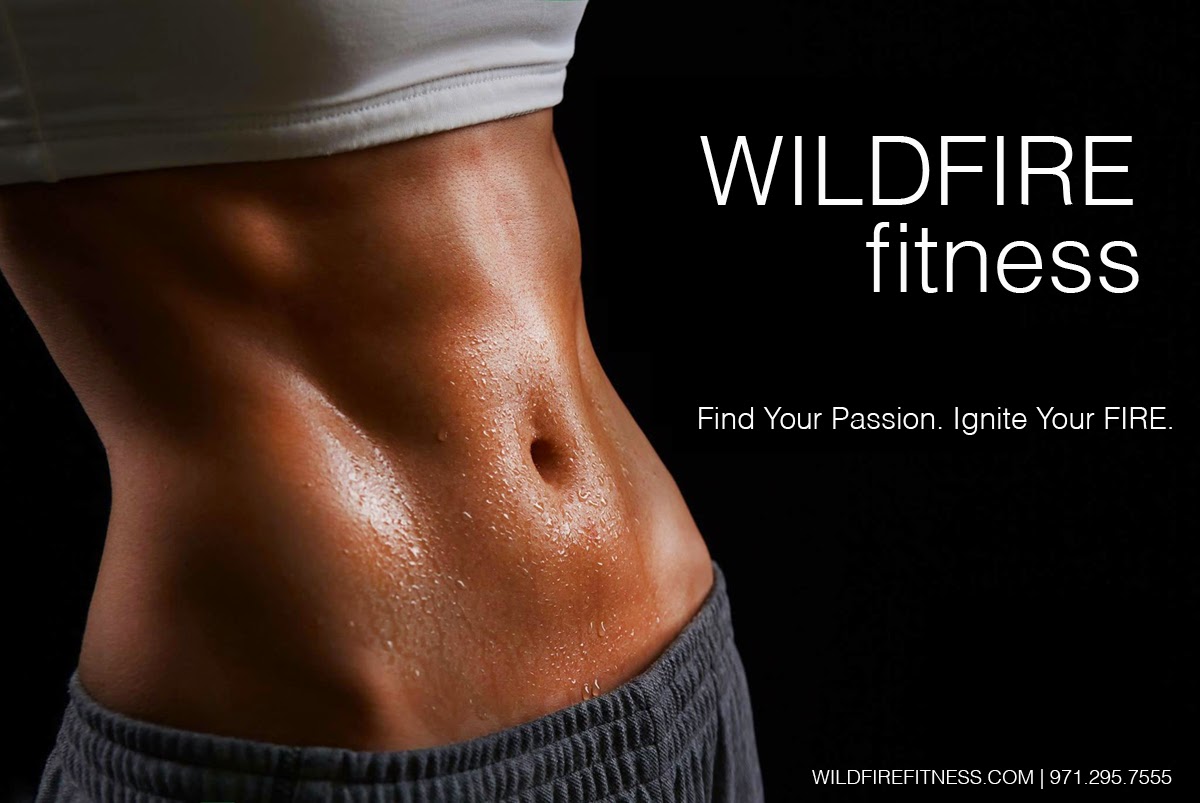 Recent studies have shown that sitting all day is NOT good, even if you workout. If you work in an office, however, sitting is just par for the course. So how can you get your work done and stay healthy at the same time?
Recent studies have shown that sitting all day is NOT good, even if you workout. If you work in an office, however, sitting is just par for the course. So how can you get your work done and stay healthy at the same time?1. Use reminders. Set your Smartphone, Outlook, or whatever calendar software you use, to pop up with a reminder to take fitness breaks every hour.
2. Sip water. Drink throughout the morning until you feel the call of nature. Then drink another cup after each trip to the "loo". Mother Nature will make sure you get up regularly.
3. Go "old school". Whenever possible, walk over to your co-worker's desk to get information instead of sending emails. Of course, do avoid the "death stare" by choosing your face-to-face trips wisely and as appropriate.
4. Take the stairs instead of the elevator. You've heard this before, but consider this: a study published in the European Heart Journal reported that 69 hospital employees used the stairs exclusively for 12 weeks. On average their lung capacity was up 8.6%, their body fat was down 1.7%, their waist whittled down 1.8% and their blood pressure was down 2.3%. Wouldn't you like those results after 12 weeks?
5. Stand and/or pace while talking on the phone. Get a headset or use the speakerphone, if possible, to allow more freedom of movement.
6. Exercise at your desk. Reach up to the ceiling and then down to the floor. Gently twist to each side. Do pushups against the wall (or desk), dips from your chair, run in place or jumping jacks for a minute. Be creative. Strive to keep moving for 2-3 minutes even if it's with just one exercise or stretch.
7. Trade your office chair in for a stability ball. Not all day, but periodically during the day. Prolonged sitting on the ball could be uncomfortable for extended periods of time, but intermittent use can help you to strengthen your core and posture muscles. Plus... they're fun to bounce on!
8. Wear a pedometer or a Fitbit. This will give you a real-time visual of exactly much walking (or lack thereof) you're getting at any given moment. The FitBit goes a step further than the pedometer, allowing you to track your fitness, your eating, and your sleep. The recommended goal, by the way, is to take at least 10,000 steps per day.
9. Walk or bike to close-by errands. Visit your neighborhood grocery store, walk to a near-by restaurant, choose a bank within biking distance. With the price of gas, this can be good for your wallet as well.
10. Bring portable equipment. You don't have to go to the gym to workout. A resistance band, tennis ball and a jump rope can go a long way towards your health in pinch.



